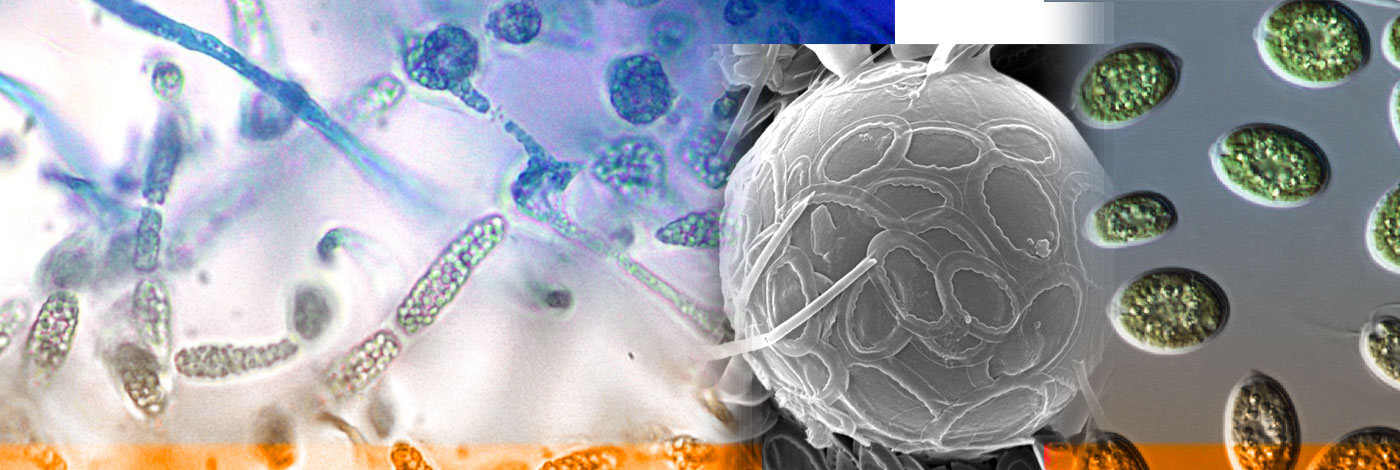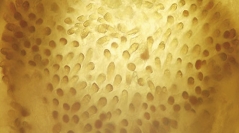

 Cryptogamie, Algologie
41 (11) - Pages 105-119
Cryptogamie, Algologie
41 (11) - Pages 105-119During a 2007 expedition dedicated to study kelp diversity within the Magellanic region, specimens of Lessonia Bory with corrugate, yellowish blades were found along the Beagle Channel. This type of corrugated Lessonia is uncommon, with exception of two species from New Zealand. Three possible hypotheses for its origin were explored in this study: an introduction of L. adamsiae Hay or L. corrugata Lucas from New Zealand by trans-oceanic dispersal; a hybridization between Chilean Lessonia species and Macrocystis pyrifera C.Agardh, particularly abundant in the region; or the existence of a new, undescribed species. Except for their corrugate blades, the individuals displayed short cylindrical stipes, digitate holdfasts, abundant mucilage cavities in the cortex, and reproductive sori on the proximal part of the blades, all traits typical of the genus Lessonia. Molecular phylogenies based on mitochondrial (atp8-trnS spacer, cox1, cox3) and nuclear (ITS1) markers revealed that this corrugate form of Lessonia is neither the result of hybridization with Macrocystis C.Agardh nor an introduction of Australasian corrugate species, L. corrugata or L. adamsiae, but has a close affinity with L. flavicans Bory. Field prospection in five sites along the Beagle Channel indicated that the species occurs in shallow depth (4-6 m), as dense populations of 100% of corrugated individuals, never intermixed with populations of L. flavicans. The possibility of an incipient speciation process in the region is discussed.
atp8-trnS spacer, cox1, cox3, ITS1, kelp, Lessoniaceae